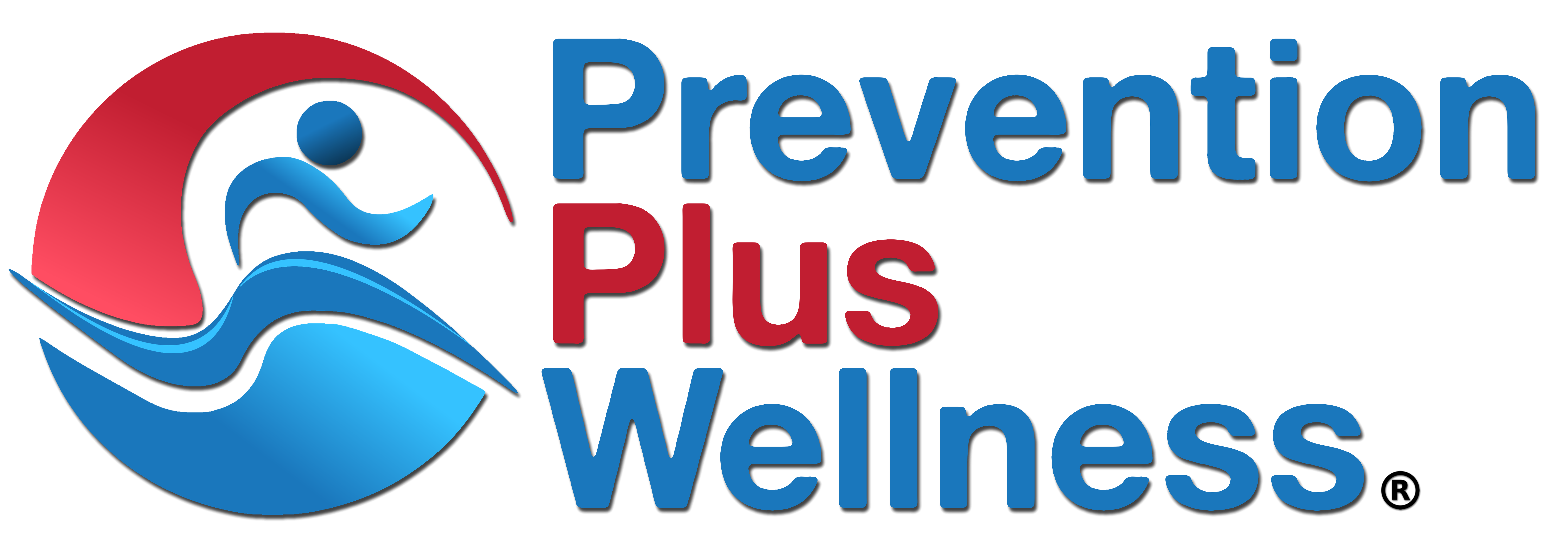Below are six recent systematic reviews of published research examining the role of physical activity on substance use/misuse. Implications for youth prevention and intervention are discussed.
Publication #1
A systematic review (Frontiers of Psychiatry, 2022) found that exercise interventions for opioid and amphetamine use disorders emphasized low intensity and high frequency exercise.
The first goal of exercise intervention was to improve mood, reduce craving, and improve sleep, and the second was to enhance physical fitness.
Published studies supported the use of exercise intervention as an auxiliary treatment for individuals with substance use disorder.
The author’s concluded that exercise intervention tends to cultivate long-term exercise habits or exercise lifestyle, which can complete the substitution of material dependence.
Read the research article: https://www.frontiersin.org/journals/psychiatry/articles/10.3389/fpsyt.2022.817927/full
Publication #2
Another systematic review of research (Frontiers of Psychology, 2024) examined the effect of physical exercise on emotional and cognitive levels of individuals with substance use disorder.
Studies reviewed indicated that physical exercise significantly alleviates anxiety and depression in substance use disorder patients while improving their cognitive function.
The author’s concluded that physical exercise mitigates anxiety and depression while enhancing cognitive function in individuals with substance use disorder, making it an effective tool for adjunctive clinical treatment.
Read the full article: https://www.frontiersin.org/journals/psychology/articles/10.3389/fpsyg.2024.1348224/full
Publication #3
A third systematic review of research (Journal of Experimental Criminology, 2022) found that physical activity interventions reduced antisocial behavior in children and adults.
Larger effects were found for walking, jogging and running as the main type of physical activity, and anger/hostility as the antisocial outcome.
The authors concluded that physical activity interventions may be a promising way to reduce antisocial behavior among youth and adults.
Read the entire review: https://link.springer.com/article/10.1007/s11292-022-09536-8
Publication #4
A fourth systematic review (World Journal of Psychiatry, 2023) found that exercise interventions are acceptable to adolescents and help reduce substance use behavior.
For example, research suggests that students who increased their exercise time by 20 minutes were more likely to reduce their daily smoking quantity.
The author’s recommended that health interventions should be integrated, and comorbidity risks should be emphasized.
One of the challenges to school-based prevention programs posed by this paper is that schools may choose to avoid implementing prevention interventions because they may negatively affect the school’s image by signaling the existence of substance use problems.
Another challenge is the time and energy needed for training and implementing prevention programs adding an additional burden and pressure upon vusy teachers and administrators.
Read the study: https://www.ncbi.nlm.nih.gov/pmc/articles/PMC10401500/
Publication #5
A fifth systematic review of research (International Journal of Environmental Research and Public Health, 2023) reported a global decrease in physical activity levels associated with decreased well-being levels, modified eating habits and leisure time activity, and increased obesity, anxiety, and depression among adolescents during the COVID-19 pandemic.
The author’s concluded that physical activity is a significant health determinant and should be improved through the awareness of the benefits of regular physical activity and of the risks of sedentary behavior, as well as through support from family, friends, and teachers.
Recommendations included providing physical activity at school and promoting at-home physical activity options for increasing physical activity in all countries and settings.
Read the review: https://www.mdpi.com/1660-4601/20/4/3275
Publication #6
The sixth and final review of research (Mental Health and Physical Activity, 2023) found that a range of physical activity intervention formats and modalities may decrease substance use and associated outcomes and increase physical activity participation among young people at risk for problematic substance use.
Sixty-one percent of the studies reported a significant improvement in outcomes related to tobacco (e.g., abstinence, cravings, withdrawal symptoms, smoking pattern), alcohol (e.g., quantity, frequency), or other substance use (e.g., frequency, quantity, recent use).
The author’s concluded that physical activity interventions may provide an accessible, engaging, and motivating treatment avenue for young people who do not identify their substance use as problematic.
Read the full paper: https://www.sciencedirect.com/science/article/pii/S1755296623000492
Conclusion & Implications for Prevention & Intervention
To summarize, the above research reviews indicated that:
- Exercise interventions can help as an axillary treatment for substance use disorders, including significantly alleviating anxiety and depression while improving cognitive functioning.
- Physical activity interventions increasing walking, jogging and running can reduce antisocial behavior in children and adults.
- The COVID-19 pandemic reduced physical activity which in turn decreased wellbeing levels of youth across the globe.
- A range of physical activity intervention formats may decrease substance use and associated outcomes among young people at risk for problematic substance use.
- Adolescents find exercise interventions acceptable, and that even a small increase (e.g., 20 minutes) can reduce substance use, including tobacco, alcohol and other drug consumption.
Implications for substance use prevention and intervention include:
- Individuals experiencing a substance use disorder should be provided with a physical activity intervention to help enhance treatment outcomes.
- Youth and adults with antisocial behavior, particularly anger/hostility, could benefit from a simple walking or running intervention.
- Schools, communities and families should provide opportunities, incentives and environments which promote various types of physical activity among youth to improve wellbeing and reduce substance use.
- Substance use prevention and intervention programs integrating a physical activity component may increase substance use outcomes as well as physical activity.
- Emphasizing physical activity and other healthy behaviors within substance use prevention and intervention programs may make them more acceptable to use in school settings, especially if they are brief and easy to implement.

